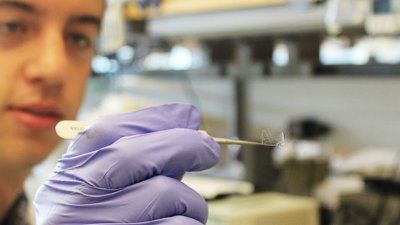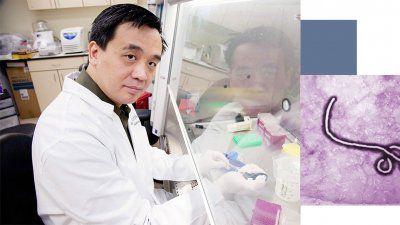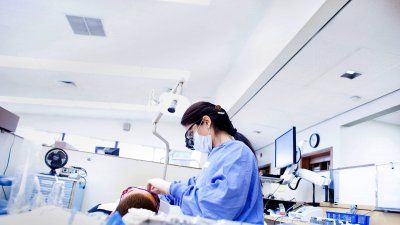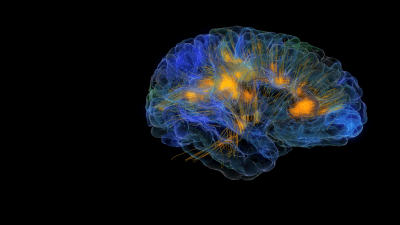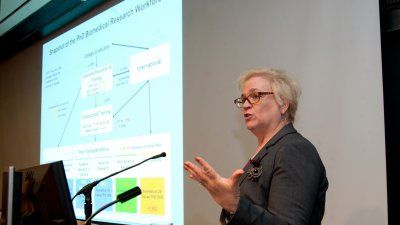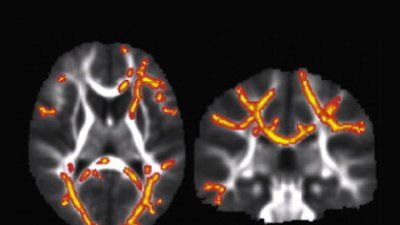Evolution of Stem Cells Traced in Study of Fossilized Rodent Teeth
By studying fossilized teeth from thousands of extinct rodent species, UCSF and University of Helsinki scientists have shown how fundamental evolutionary mechanisms drive the emergence of novel mammalian stem cells.


